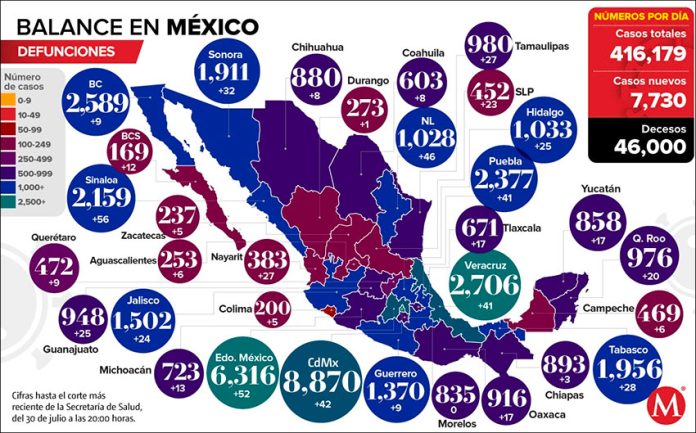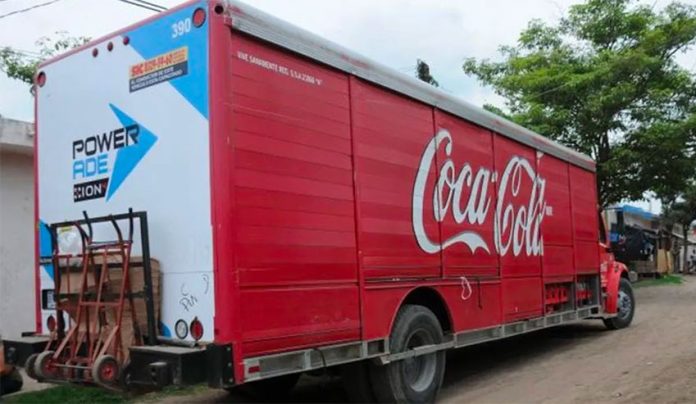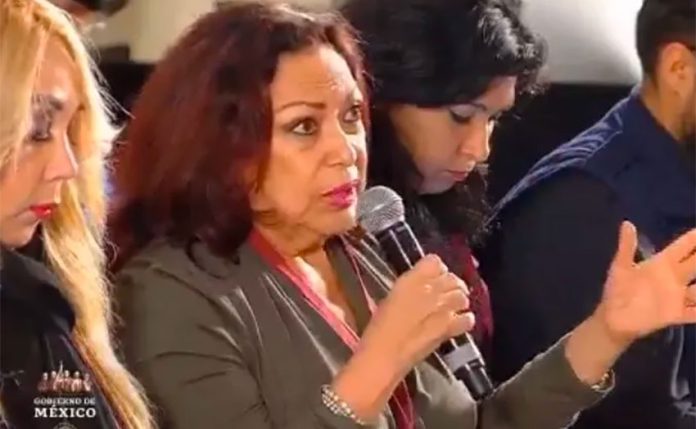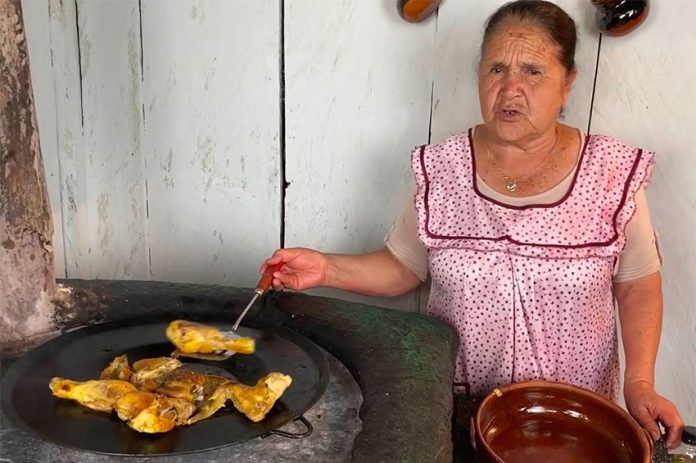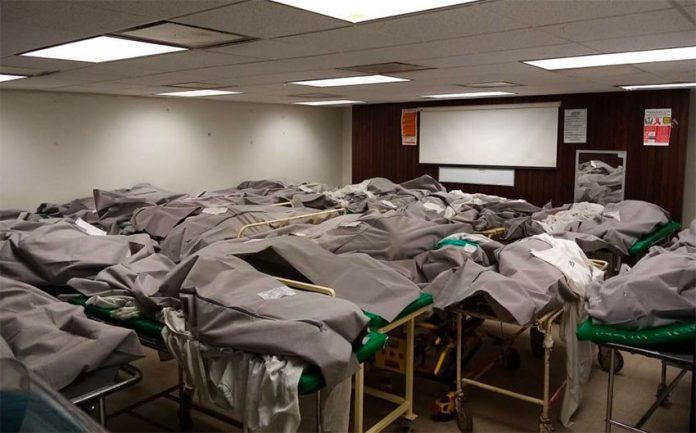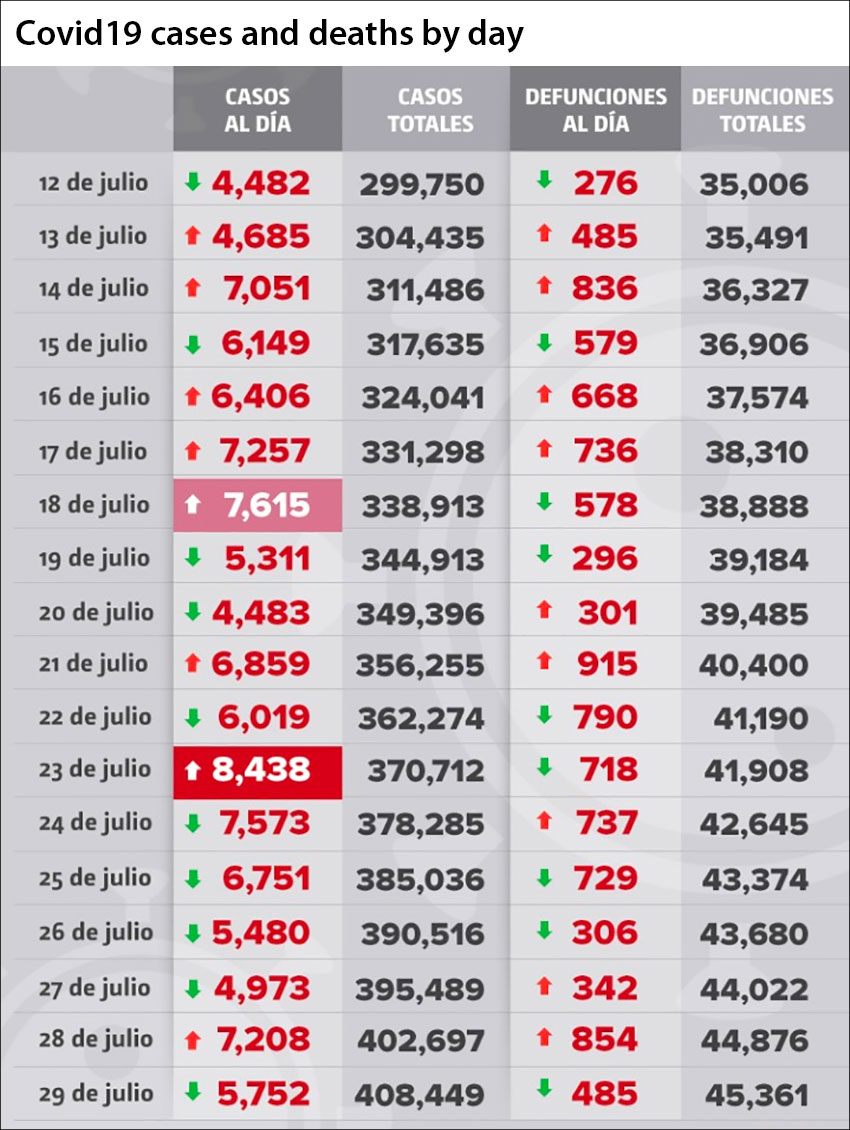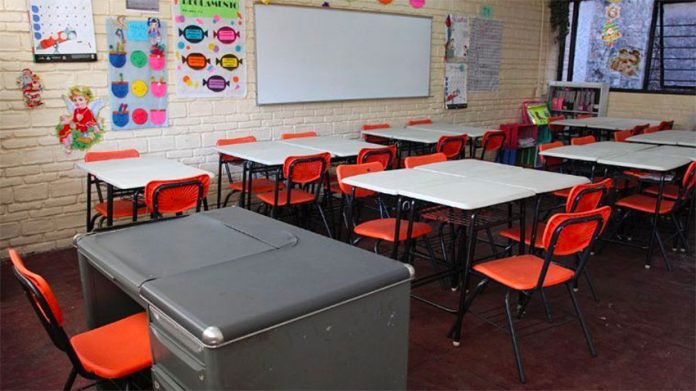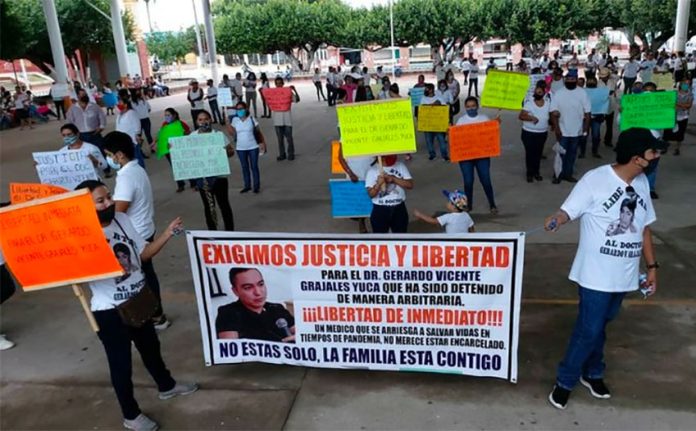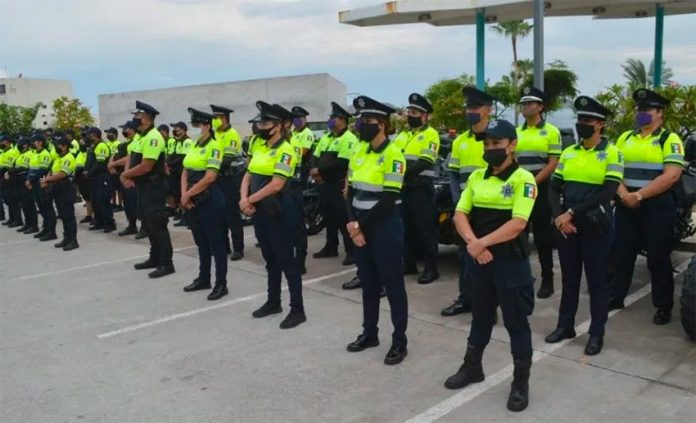Some governors clashed with Deputy Health Minister Hugo López-Gatell on Thursday over proposed changes to the federal government’s coronavirus “stoplight” system, used to assess the risk of infection in each of the the 32 states and establish which mitigation measures should be tightened or eased.
At a virtual meeting between federal officials and governors, López-Gatell, Mexico’s coronavirus czar, told the state leaders that they could face administrative and criminal charges if they fail to implement recommended measures to protect people’s health during the pandemic.
Some governors have chosen to ignore the federal government’s “stoplight” system advice, instead reopening their states’ economies according to their own criteria.
In that context, López-Gatell proposed changing the guidelines under which the “stoplight” system operates so that governors and other state officials can be held legally accountable if they fail to comply with the federal government’s health advice.
For example, if a state is allocated a “red light” on the government’s “stoplight” and the governor doesn’t implement the corresponding “maximum risk” restrictions, he or she could be legally sanctioned.
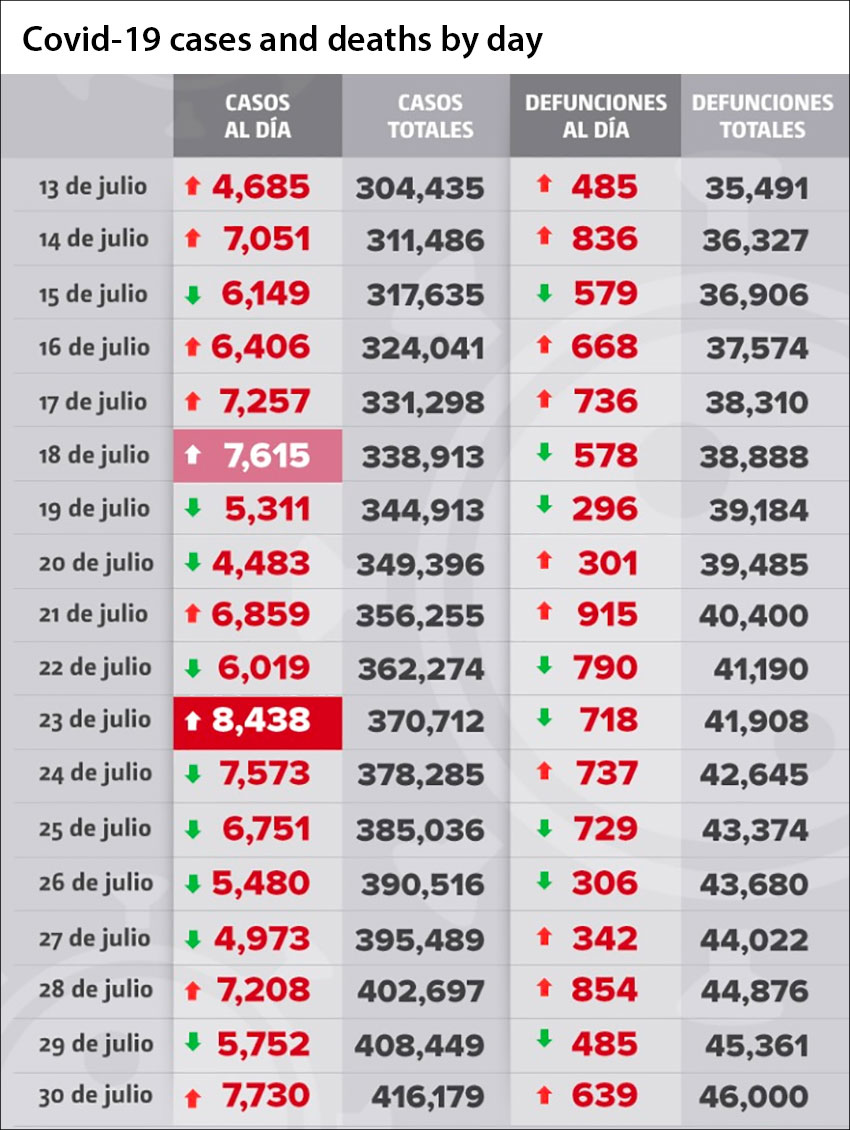
Speaking at Thursday night’s coronavirus press briefing, López-Gatell it was essential for clear legal consequences to be established “in case of non-compliance” with federal government recommendations.
“If the federal government says you’re on red and a state says ‘I’m on orange and I’m going to allow these other activities,’ the state must answer for its sovereign decisions,” he said.
The deputy minister said the proposed changes to the “stoplight” guidelines would ensure that there is “shared responsibility” between the federal government and the states for the response to the pandemic. He denied that the proposal amounted to a “threat” against governors.
However, some governors at Thursday’s virtual meeting took umbrage at the suggestion that they could be sanctioned if they don’t meticulously follow the federal government’s pandemic management advice.
According to the newspaper Reforma, which spoke with a source with knowledge of Thursday’s private meeting, Carlos Mendoza Davis of Baja California Sur called the proposal an “affront” to the states while Omar Fayad of Hidalgo also rejected it.
The unnamed source, likely a governor or senior state official, said that behind López-Gatell’s “threat” was a desire on the part of the federal government to “escape blame” for its management, or mismanagement, of the coronavirus crisis.
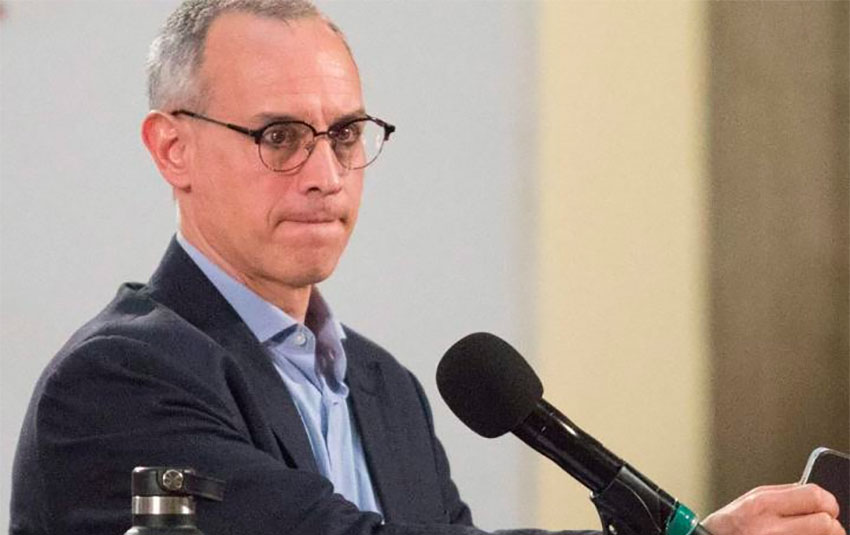
Some of the most ardent opposition at Thursday’s meeting came from Carlos Joaquín González of Quintana Roo and Mauricio Vila of Yucatán.
The two governors, both of whom ignored advice to tighten restrictions when federal authorities switched their states from orange to red almost two weeks ago, expressed concern about having to be strict in following advice from Mexico City because their constituents depend heavily on the tourism sector, and as a consequence mustn’t be subjected to the whims of the federal government.
According to Reforma, Joaquín reiterated to López-Gatell and the other federal officials in attendance that Quintana Roo has its own stoplight system to guide the reopening of the economy and therefore won’t heed the federal government’s advice. Vila charged that the federal stoplight system is no longer viable.
Animosity between the governors and López-Gatell has been simmering for some time.
Jalisco’s Enrique Alfaro accused López-Gatell earlier this month of playing politics, seeking confrontation and allocating a “red light” to his state because “he felt like it.”
At last night’s coronavirus press conference, the deputy health minister rejected that Thursday’s meeting with the governors was acrimonious, asserting that he had respect for all the state leaders. López-Gatell also said that the federal government will publicly present a new stoplight map every two weeks, rather than weekly as it did until July 10.
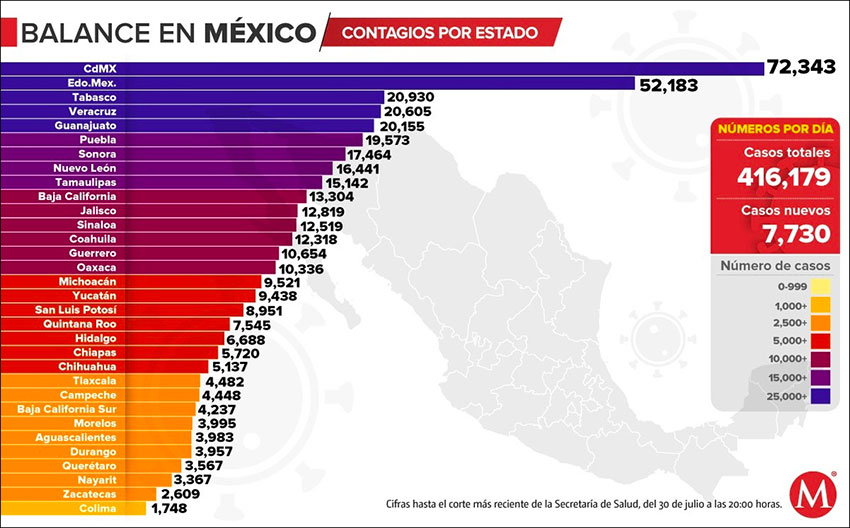
An updated map should be presented at Friday night’s coronavirus press briefing.
López-Gatell also revealed Thursday night that more than 1,100 legal complaints have been filed against the government in relation to its response to the pandemic.
“A substantial part of our work every day is to respond to all these legal appeals that arrive,” he said, explaining that the complaints make a range of accusations including that the government has failed to act against the coronavirus threat or didn’t act in a timely manner.
López-Gatell said that some of the complaints come from political groups but declined to name them, saying that he wasn’t interested in causing controversy.
Leaders of the Democratic Revolution Party, the Citizens’ Movement party and the National Action Party have all called for the deputy minister’s resignation, claiming that he has failed at managing the pandemic.
But López-Gatell said last Friday that he wouldn’t step down, charging “this is not about playing politics, it is about saving lives and protecting people.”
As tensions mount between the federal government and those unhappy with its management of the pandemic, so do coronavirus case numbers and Covid-19 deaths.
The federal Health Ministry reported Thursday that Mexico’s accumulated case tally had increased to 416,179 with 7,730 new cases registered. The daily tally was the second highest single-day total reported since the coronavirus was first detected in Mexico at the end of February.
The Health Ministry also reported 639 additional Covid-19 fatalities, lifting Mexico’s death toll to 46,000.
Mexico has recorded just 84 fewer Covid-19 fatalities than the United Kingdom, according to data compiled by Johns Hopkins University, and therefore will likely pass that country’s death toll on Friday to rank third in the world for total deaths behind the United States and Brazil.
Source: Reforma (sp), El Economista (sp), El Universal (sp), La Jornada (sp), Imagen Radio (sp), El Financiero (sp)
